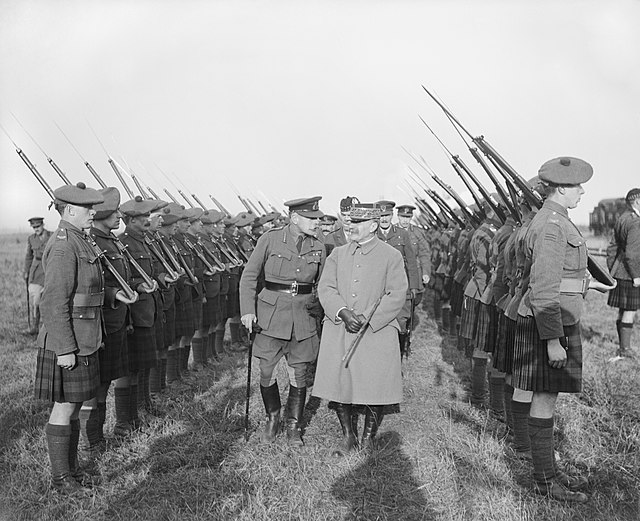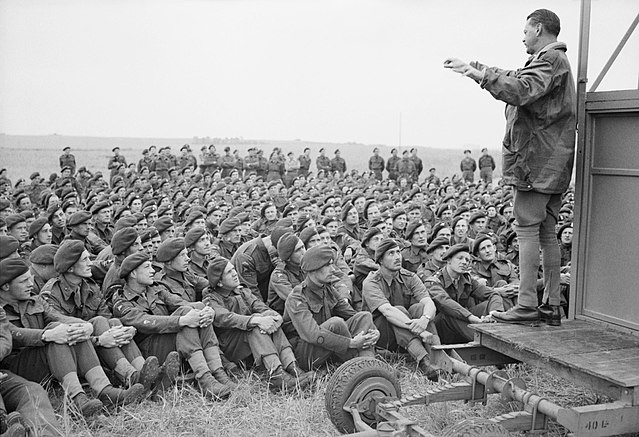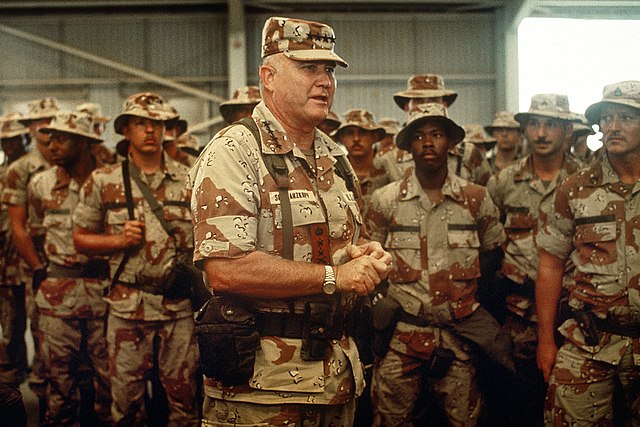A military staff or general staff is a group of officers, enlisted and civilian staff who serve the commander of a division or other large military unit in their command and control role through planning, analysis, and information gathering, as well as by relaying, coordinating, and supervising the execution of their plans and orders, especially in case of multiple simultaneous and rapidly changing complex operations. They are organised into functional groups such as administration, logistics, operations, intelligence, training, etc. They provide multi-directional flow of information between a commanding officer, subordinate military units and other stakeholders. A centralised general staff results in tighter top-down control but requires larger staff at headquarters (HQ) and reduces accuracy of orientation of field operations, whereas a decentralised general staff results in enhanced situational focus, personal initiative, speed of localised action, OODA loop, and improved accuracy of orientation.

Staff meeting of the U.S. 112th Regimental Combat Team in Arawe with General Julian Cunningham (seated), standing left to right: unidentified, Lieutenant Colonel C. E. Grant, Major D. M. McMains, Colonel A. M. Miller and Lieutenant Colonel P. L. Hooper
The commanding officer (CO) or commander, or sometimes, if the incumbent is a general officer, commanding general (CG) or general officer commanding (GOC), is the officer in command of a military unit. The commanding officer has ultimate authority over the unit, and is usually given wide latitude to run the unit as they see fit, within the bounds of military law. In this respect, commanding officers have significant responsibilities, duties, and powers.
Douglas Haig and Ferdinand Foch inspecting the Gordon Highlanders, 1918
Major-General Richard Gale, 6th Airborne Division, addresses his men, 4 June 1944
General Norman Schwarzkopf Jr. speaks with American troops during the Gulf War.
Dark Horse Battalion welcomes new commanding officer





